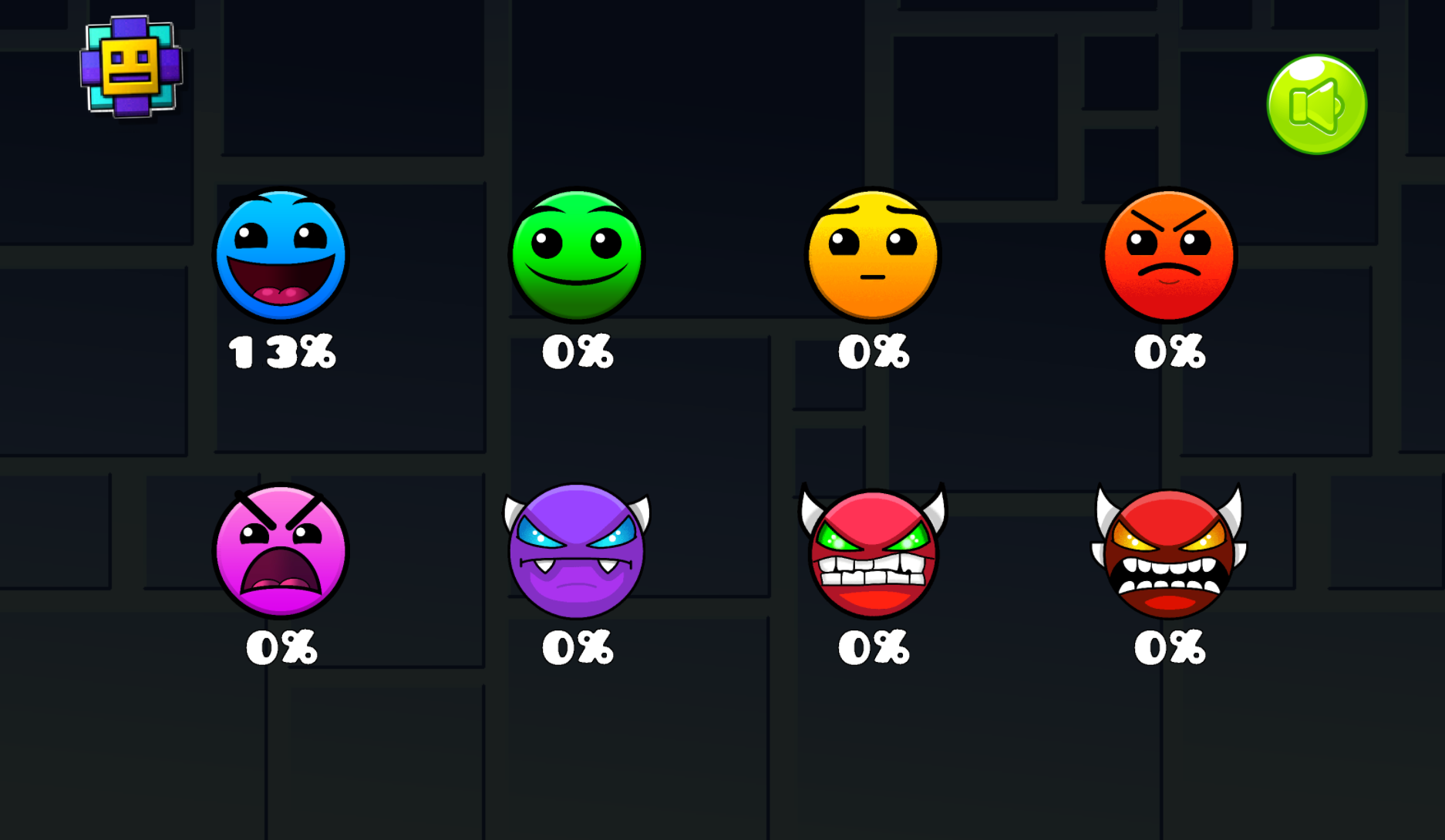Play Pips NYT Online — Daily Domino Logic
Keep exploring
Keep the momentum going with more arena racers, action trials, and puzzle standouts.

Fireboy and Watergirl: Fairy Tales

Take Care of Your Own Shadow Milk

Clasherdle

Fireboy and Watergirl: Ice Temple

I'm Not A Robot

Fireboy and Watergirl: Light Temple

Cat and Granny

Wacky Flip

Geometry Dash Wave

Smash Karts
Master Domino Logic in Pips NYT
Build perfect pairs with crisp, newspaper-grade logic
Pips NYT is a modern, minimalist logic puzzle about placing domino tiles so every dot has a partner and every boundary hint is satisfied. On each clean grid, numbers along the edges indicate how many pip halves must live within that row, column, or partition. Your task in Pips NYT is to weave a consistent arrangement of dominoes that honors all of those constraints at once. Because the rules are simple yet interlocking, Pips NYT rewards patient deduction, careful bookkeeping, and a willingness to test ideas without fear. If you enjoy puzzles that make you feel smarter with each small breakthrough, Pips NYT delivers that steady, satisfying cadence from the first move to the last.
What makes the challenge click
In Pips NYT, clarity breeds momentum. You read the numbered hints, you consider the shape of available space, then you ask one question: where can a domino legally go? Each tile covers exactly two adjacent cells, and each printed pip must pair with another of the same value. Because placements change the remaining totals, every decision in Pips NYT subtly reshapes the search space. Early, obvious moves give you a foothold; later, the puzzle becomes a dance of exclusions and confirmations. The joy of Pips NYT is that the process feels tactile even on a screen—drag, test, retract, commit—and the grid slowly resolves from mystery to inevitability.
Foundational habits for faster solves
To thrive in Pips NYT, start with extremal information. Lines or regions marked 0 mean immediate eliminations; segments showing the maximum possible total often force exact placements. After you lock in a tile, revisit the surrounding counts. Because Pips NYT is a conservation puzzle—every pip must be accounted for—each confirmed domino reduces the remaining arithmetic. When in doubt, sketch candidates. The pencil layer in Pips NYT lets you preview possibilities without commitment, and that lightweight scaffolding prevents cascading errors. Habitually re-tally each time you place or erase a tile, and you’ll notice how frequently one local certainty ripples into three or four global deductions.
Pattern literacy that compounds over time
As you play more Pips NYT, you’ll begin recognizing structural motifs. Narrow corridors often force domino orientation; checkerboard pockets imply alternating placements; and symmetric regions in Pips NYT tend to mirror solutions unless a single hint breaks the symmetry. Watch for near-filled lines whose remaining count exactly matches one possible shape—those are gift-wrapped proofs. Another recurring tell in Pips NYT is the constraint created by a placed double: once a double is down, its twin value can’t appear elsewhere in the same restricted area, which tightens future options and accelerates convergence.
Arithmetic, adjacency, and the art of ruling out
Three pillars govern success in Pips NYT: totals, touch, and territory. Totals are the raw sums that must be met; touch is the physical adjacency that defines which pairs may exist; territory is the sub-regioning that limits where those pairs can legally belong. When a move seems ambiguous, flip the frame: assume the opposite and search for contradictions. This indirect approach is powerful in Pips NYT because the grid is small, the math is tight, and impossible branches usually reveal themselves within a few steps. Train yourself to ask, “If this were true, what else must be true?” and the puzzle starts answering back.
Daily rhythm and long-term skill building
Because a new board arrives each day, Pips NYT naturally invites a ritual: coffee, a clean grid, and twenty minutes of crisp logic. Some days go fast; other days demand a deeper think. Either way, your notebook of mental patterns grows. Over a week of Pips NYT, you’ll log habits like counting open endpoints, scanning for forced orientations, and triaging areas by information density. Over a month of Pips NYT, you’ll develop intuition about which parts of a board should move first, and you’ll learn to spot misleading temptations—those plausible placements that quietly break a distant quota. That continuity is why Pips NYT feels both approachable and enduring.
Comparisons for fans of classic logic styles
If you love Sudoku, Nonograms, or Kakuro, Pips NYT scratches a similar itch while staying distinct. Like Sudoku, it rewards propagation—one certainty triggers another. Like Nonograms, counting segments matters. Like Kakuro, totals are king. Yet Pips NYT centers the physicality of dominoes, which changes how you visualize progress. Instead of thinking in digits, you’re thinking in two-cell shapes and in the chemistry of matching pips. This visual shift makes Pips NYT a refreshing companion to your usual rotation, familiar enough to feel comfortable but new enough to feel crisp.
Practical workflow: from first scan to final check
Begin each session of Pips NYT with a wide scan: mark every 0, circle the highest counts, and outline bottlenecks where few placements fit. Next, lay obvious dominoes and immediately adjust the surrounding tallies. Mid-solve, shift to hypothesis mode: use pencil marks in Pips NYT to explore two or three rival constructions, then eliminate the ones that overshoot or undershoot a boundary. Late in the game, resist the urge to rush. The final ten cells in Pips NYT often hide the subtlest traps. Before committing your last moves, verify that every region’s arithmetic closes neatly and that no orphaned pip remains without a legal partner.
Mindset and mistakes
Good puzzling is patient puzzling. In Pips NYT, it’s normal to backtrack. The key is to backtrack with receipts: whenever you try a speculative placement, annotate the consequence you expect. If a contradiction appears, celebrate—it means the grid narrowed. This growth mindset turns errors into beacons. Over time, Pips NYT becomes less about speed and more about flow: you learn to alternate between aggressive deduction when the board is loud and gentle bookkeeping when the board is quiet. That composure helps across all logic games, and Pips NYT is an excellent training ground.
Accessibility and play anywhere
The clean presentation of Pips NYT makes it friendly on laptop or tablet. Dragging tiles is precise, pencil notes are legible, and undo/redo encourages exploration. Because Pips NYT loads quickly and sessions are bite-sized, it fits into commutes, breaks, and end-of-day wind-downs. The daily cadence keeps the habit alive; the archive offers extra depth when you’re in the mood for more. Whether you solve morning or midnight, Pips NYT provides the same crisp, fair challenge.
Why it earns a permanent spot in your rotation
At its heart, Pips NYT is about harmony: the harmony of arithmetic with geometry, of certainty with curiosity, and of small moves adding up to a clean, complete picture. Each solved board leaves you with that quiet, puzzle-lover’s satisfaction—the sense that nothing is arbitrary and everything belongs. If you want a game that respects your time, rewards your attention, and lets you practice bulletproof reasoning day after day, make space for Pips NYT. The rules take seconds to learn, the mastery takes weeks, and the feeling of a perfectly balanced grid in Pips NYT never gets old.
Play Pips NYT Online — Daily Domino Logic is ready to play
Solve numbered-edge logic boards by dragging dominoes into perfect pairs. Sharpen deduction, track pip totals, and enjoy a fresh daily Pips NYT challenge in your browser.
Share Play Pips NYT Online — Daily Domino Logic
Spread the word, invite friends, or bookmark this page to revisit the story whenever you need it.